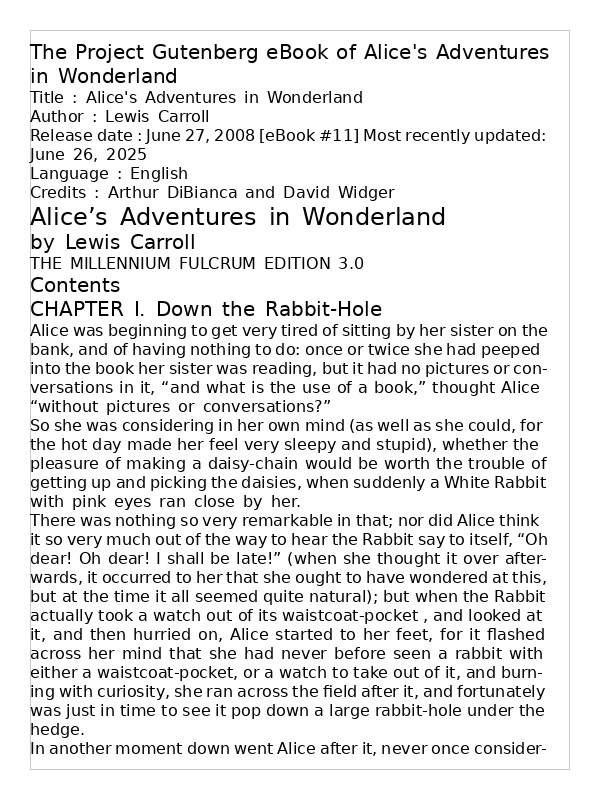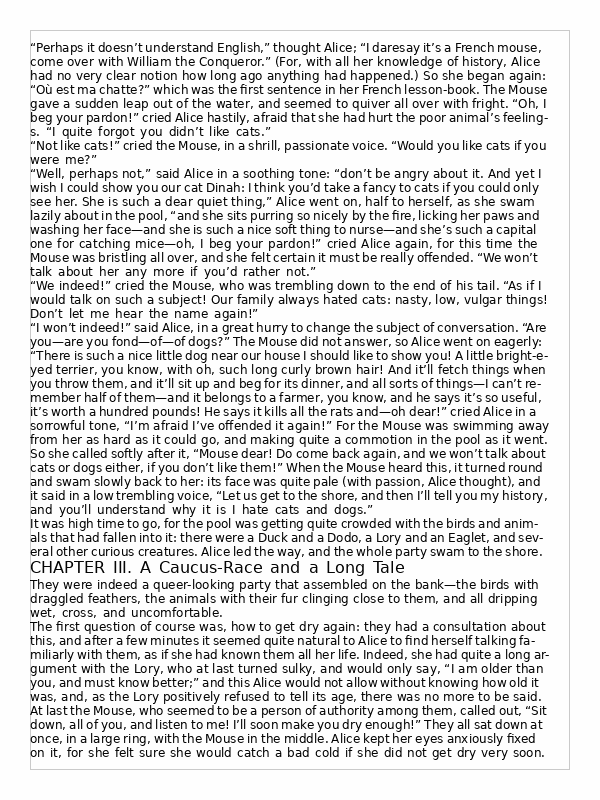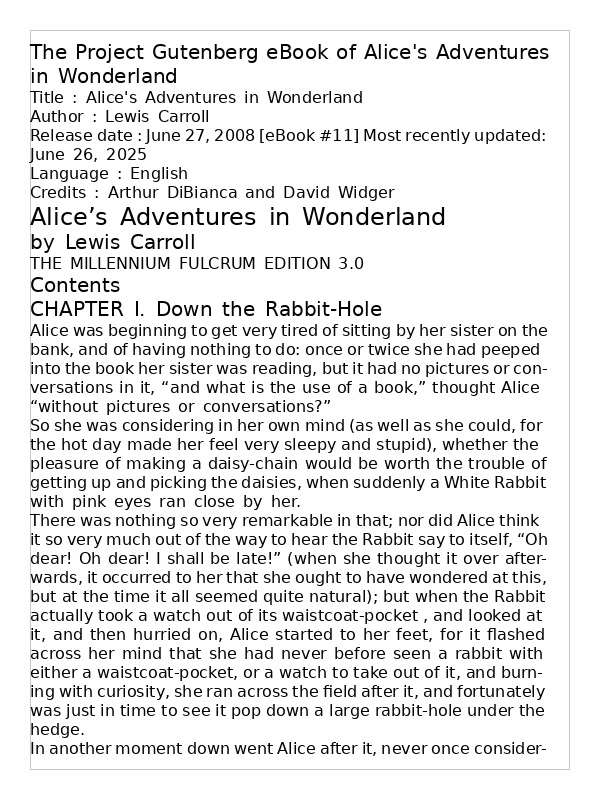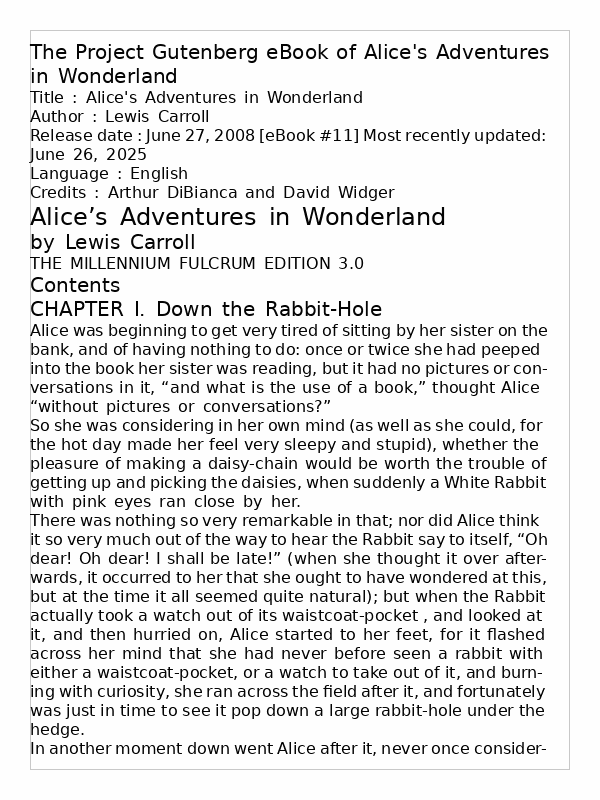4.7 KiB
4.7 KiB
PyWebLayout
Project Status
📋 Note: Badges show results from the commit referenced in the URLs. Red "error" badges indicate build failures for that specific step.
Description
PyWebLayout is a Python library for rendering HTML and EPUB content to paginated images. The library provides a high-level EbookReader API for building interactive ebook reader applications, along with powerful HTML-to-page rendering capabilities.
Key Features
EbookReader - High-Level API
- 📖 EPUB Support - Load and render EPUB files
- 📄 Page Rendering - Render pages as PIL Images
- ⬅️➡️ Navigation - Forward and backward page navigation
- 🔖 Bookmarks - Save and load reading positions
- 📑 Chapter Navigation - Jump to chapters by title or index
- 🔤 Font Control - Adjust font size dynamically
- 📏 Spacing Control - Customize line and paragraph spacing
- 📊 Progress Tracking - Monitor reading progress
Core Capabilities
- HTML-to-page layout system
- Multi-page document rendering
- Advanced text rendering with font support
- Position tracking across layout changes
- Intelligent line breaking and pagination
Installation
pip install pyWebLayout
Quick Start
EbookReader - Recommended API
from pyWebLayout.layout.ereader_application import EbookReader
# Create an ebook reader
with EbookReader(page_size=(800, 1000)) as reader:
# Load an EPUB file
reader.load_epub("mybook.epub")
# Get current page as PIL Image
page = reader.get_current_page()
page.save("page_001.png")
# Navigate through pages
reader.next_page()
reader.previous_page()
# Save reading position
reader.save_position("chapter_3")
# Jump to a chapter
reader.jump_to_chapter("Chapter 5")
# Adjust font size
reader.increase_font_size()
# Get progress
progress = reader.get_reading_progress()
print(f"Progress: {progress*100:.1f}%")
EbookReader in Action
Here are animated demonstrations of the EbookReader's key features:
HTML Multi-Page Rendering
from pyWebLayout.io.readers.html_extraction import html_to_blocks
from pyWebLayout.layout.document_layouter import paragraph_layouter
from pyWebLayout.concrete.page import Page
# Parse HTML to blocks
html = """
<h1>Document Title</h1>
<p>First paragraph with <b>bold</b> text.</p>
<p>Second paragraph with more content.</p>
"""
blocks = html_to_blocks(html)
# Render to pages
page = Page(size=(600, 800))
# Layout blocks onto pages using document_layouter
# See examples/ directory for complete multi-page examples
Examples
Check out the examples/ directory for complete working examples:
simple_ereader_example.py- Quick start with EbookReaderereader_demo.py- Comprehensive EbookReader feature demogenerate_ereader_gifs.py- Generate animated GIF demonstrationshtml_multipage_demo.py- HTML to multi-page rendering- See
examples/README.mdfor full list
Documentation
- EbookReader API:
examples/README_EREADER.md - HTML Rendering:
examples/README_HTML_MULTIPAGE.md - Architecture:
ARCHITECTURE.md - Examples:
examples/README.md
License
MIT License
Author
Duncan Tourolle - duncan@tourolle.paris




